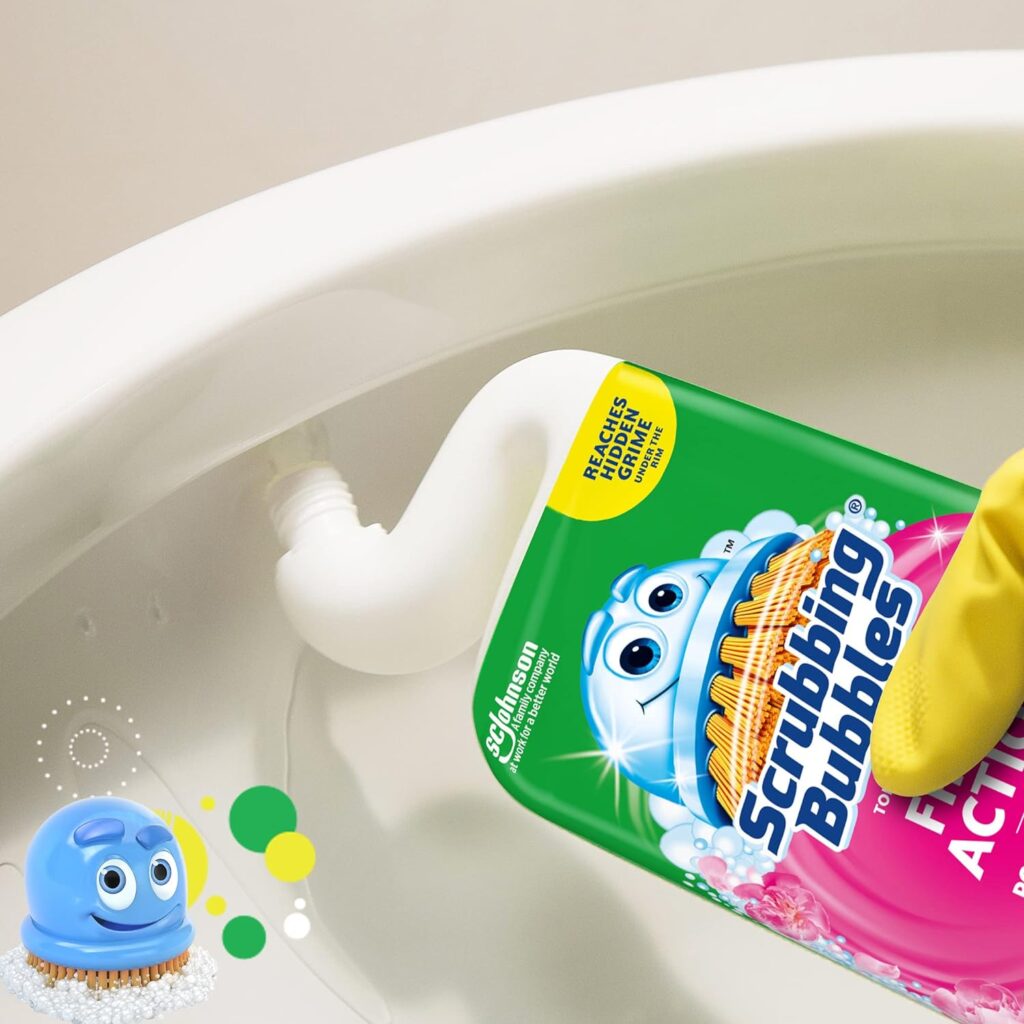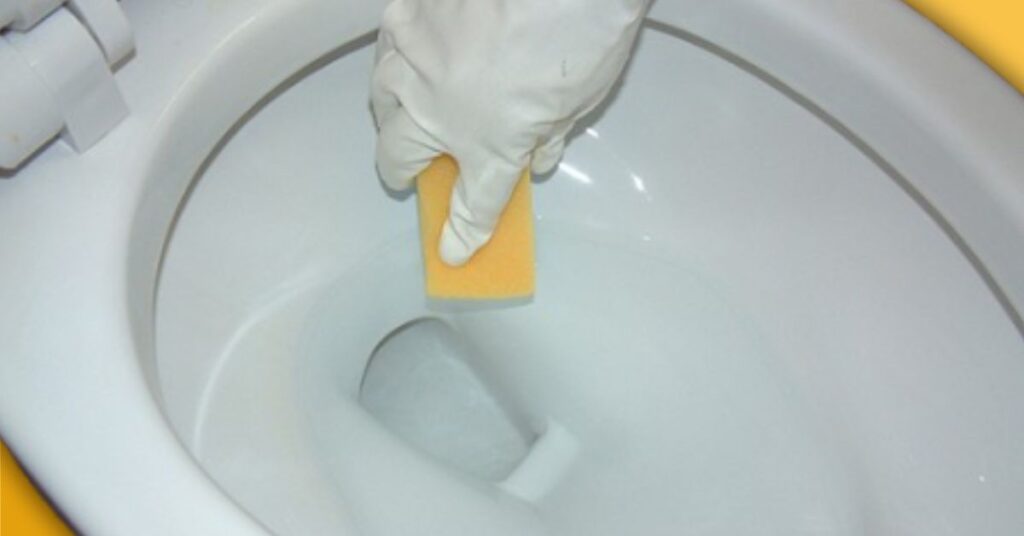Rust stains in toilet bowl can be a frustrating and unsightly problem for many homeowners. Not only do they detract from the overall cleanliness of the bathroom, but they can also be stubborn to remove.
In this guide, we’ll explore effective ways to prevent rust stains and keep your toilet looking pristine.
Understanding the Causes of Rust Stains in Toilet Bowl
To tackle any problem effectively, it’s crucial to understand its roots. In this section, we’ll explore the two primary culprits behind those reddish-brown stains in your toilet bowl—hard water and the presence of iron. By unraveling the science behind these stains, you’ll be better equipped to implement targeted preventive measures.
Hard Water as a Culprit
One of the primary reasons for rust stains in toilet bowls is hard water. Hard water contains high mineral content, including iron, which can oxidize and create those stubborn reddish-brown stains. Understanding the composition of your water is the first step in tackling the issue.
Presence of Iron in Water Supply
Another common cause is the presence of iron in your water supply. When exposed to air, iron particles can oxidize and form rust. Identifying the source of iron in your water is crucial for implementing effective preventive measures.
Regular Cleaning and Maintenance
The foundation of a rust free toilet lies in regular cleaning and maintenance. In this segment, we’ll highlight the importance of a consistent cleaning routine, not just for cosmetic reasons but also for preventing the mineral buildup that leads to rust stains.
Additionally, we’ll guide you in selecting the right cleaning products to keep your toilet in pristine condition.
Importance of Regular Toilet Cleaning
Regular cleaning is essential in preventing and minimizing rust stains. Develop a routine for cleaning your toilet, using appropriate cleaning products. This not only helps to remove existing stains but also prevents the buildup of minerals that can lead to rust.
Choosing the Right Cleaning Products

Selecting the right cleaning products is vital for maintaining a rust-free toilet. Look for cleaners specifically designed to combat rust and hard water stains. Regular use of these products can break down mineral deposits and prevent rust stains from forming.
Installation of a Water Softener
Taking a proactive approach to water quality can significantly impact the longevity of your toilet’s cleanliness. In this section, we’ll explore the mechanics of water softeners—how they work to reduce water hardness and, subsequently, prevent the oxidation of iron that results in rust stains. Discover the benefits of installing a water softener beyond rust prevention.
How Water Softeners Work
Installing a water softener is a proactive approach to preventing rust stains. Water softeners work by replacing calcium and magnesium ions with sodium ions, reducing the hardness of the water. This, in turn, minimizes the risk of iron oxidation and rust stain formation.
Benefits of Using a Water Softener
Beyond preventing rust stains, water softeners offer additional benefits, such as extending the lifespan of your plumbing fixtures and appliances. They also contribute to soap lathering more effectively, resulting in a smoother shower and better lathering during handwashing.
Use of Water Filtration Systems
Water filtration systems can effectively remove iron particles from your water supply, reducing the risk of rust stains. These systems come in various types, including whole-house filters and point-of-use filters. Choose one that suits your needs and installation preferences.
DIY Methods for Iron Stain Prevention
In addition to professional solutions, there are several DIY methods for preventing iron stains. Consider using citric acid or vinegar to break down mineral deposits in the toilet bowl. Regularly flushing your plumbing system with these natural acids can help keep iron at bay.
Protective Coatings and Sealants
For those seeking a long-term solution to rust stain prevention, protective coatings and sealants offer a promising avenue.
In this final section, we’ll delve into the application of toilet bowl sealants, unraveling how they create a protective barrier against iron and minerals. And enduring benefits of these coatings, making toilet maintenance a breeze while keeping rust stains at bay.
Application of Toilet Bowl Sealants
Applying a toilet bowl sealant forms a protective barrier, preventing minerals and iron from adhering to the surface. These sealants create a smoother and non-porous finish, making it more challenging for rust stains to develop. Follow the product instructions for proper application and reapplication intervals.
Long-Term Benefits of Protective Coatings
Investing in protective coatings for your toilet bowl is a long-term solution to rust stain prevention. Not only do they keep your toilet looking clean, but they also simplify the cleaning process. The smooth, sealed surface makes it easier to wipe away any potential stains, maintaining a sparkling toilet for years to come.
In-Conclusion
Preventing rust stains in your toilet bowl involves a combination of regular cleaning, water treatment, and protective measures. By understanding the causes and implementing these preventive strategies, you can ensure a rust-free and visually appealing toilet in your home.


